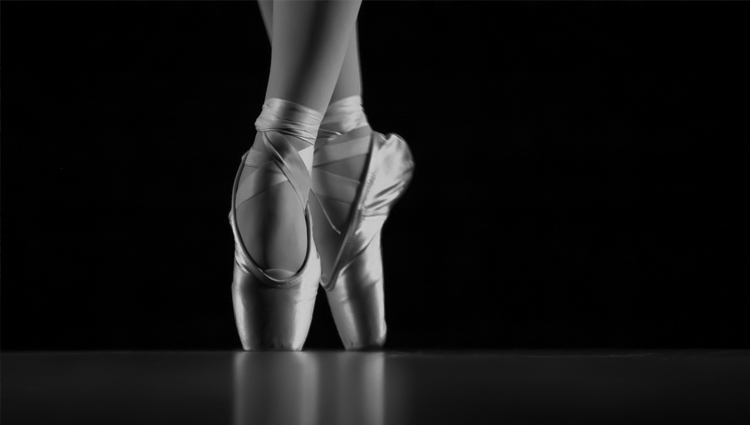The Science Of Dance: Higher and Faster

By: Inside Science Staff
CARLISLE, Pa. -- Shawn Johnson took home the gold in gymnastics and the coveted mirror ball trophy on Dancing with the Stars. But dancing requires more than just beauty and grace -- there's science behind that fancy footwork.
From reality TV to dance class, dance is more than pirouettes and plies.
"It's such a challenging art form, but when you get to a certain level it just feels right," said ballet dancer Sara Murawski.
Murawski spends most of her days on her toes. Now, Ken Laws, a former ballet dancer and physicist at Dickinson College in Carlisle, Pennsylvania, showed her how physics can help her leap higher and spin longer.
"The traditional techniques are to do what a teacher tells you to do or to copy other people, and none of those are as effective as understanding why you do a movement in the particular way that you do," Laws said.
In a whip turn, rotating the leg from front to side stores momentum in the leg, and with the help of her partner's force she can turn even faster.
For a grand jeté, a dancer lifts her legs into a split at the peak of the jump, creating the illusion that she is raising her center of gravity. It appears as if she is floating on air.
Laws has taken teaching the science of ballet on the road, helping ballet dancers soar on the floor and giving physics and dancers the credit they deserve.
He wrote the book on physics and dance, “Physics and the Art of Dance,” that some schools have adopted into their class courses.
